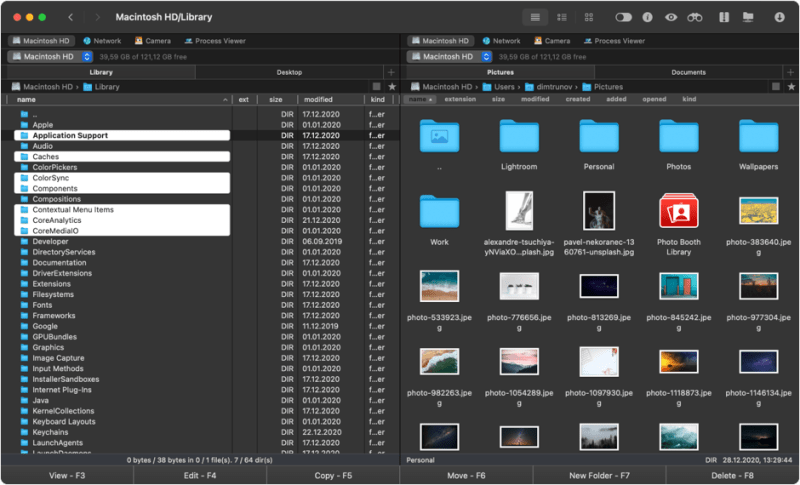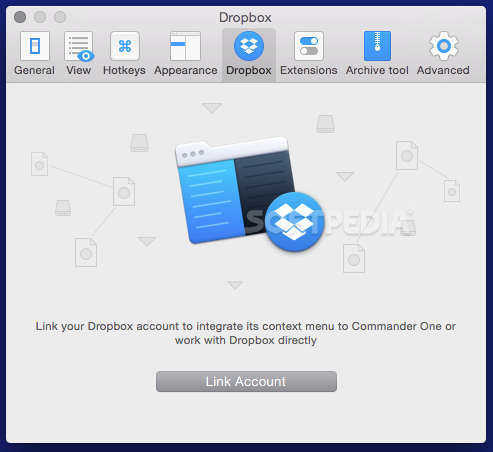

Meaning, you can navigate the filesystem using mc (sometimes it’s easier than cding into that one directory buried deep down somewhere) and when you quit mc ( F10), your shell will automagically cd to that directory. mc has the ability to exit to its current directory. There’s actually one thing I’d recommend doing before you run mc.

Oh, and make sure you’re running a modern and UTF-8 friendly terminal – for example, rxvt-unicode. This article was written and tested on the following software: Most of them can be accessed using the menu ( F9), but who has the time to do that?īefore we get started, let’s establish some facts. This article aims to show all the useful (YMMV) shortcuts and functionalities that are often overlooked. You’re probably familiar with the basic operations ( F5 for copying, F6 for moving, F8 for deleting, etc.) and how to switch panels (ummm, the Tab key). If you’ve used an *nix system, at some point you’ve stumbled upon Midnight Commander, a file manager based on the venerable Norton Commander.


 0 kommentar(er)
0 kommentar(er)
